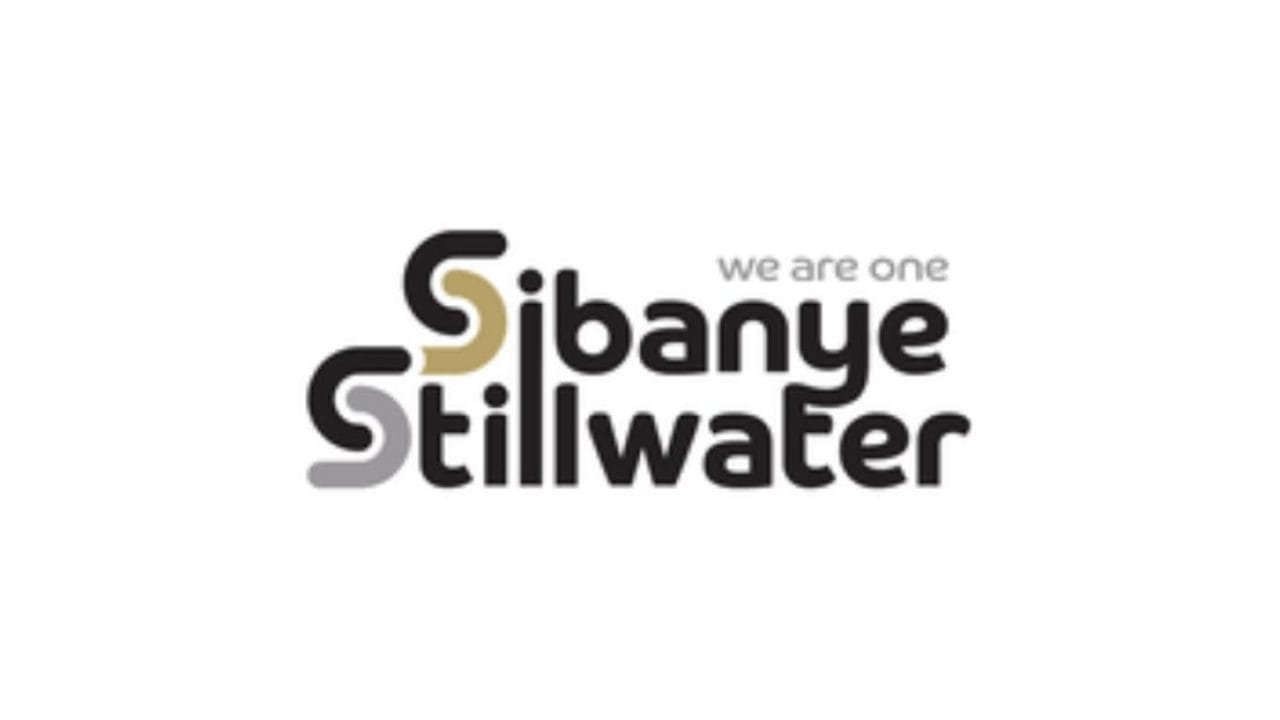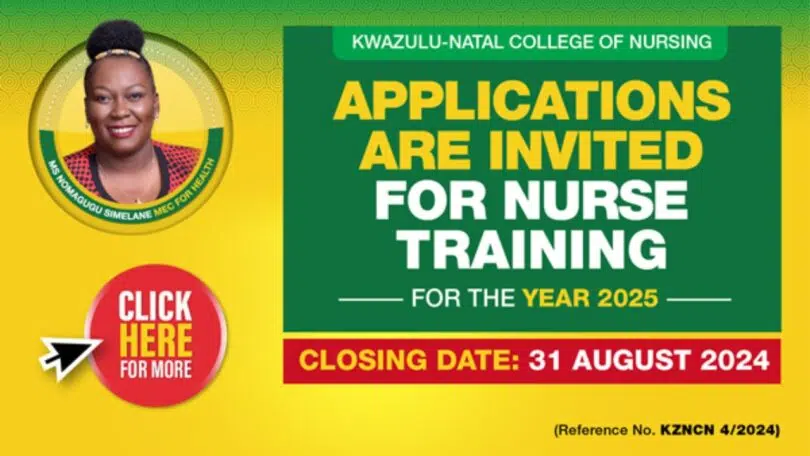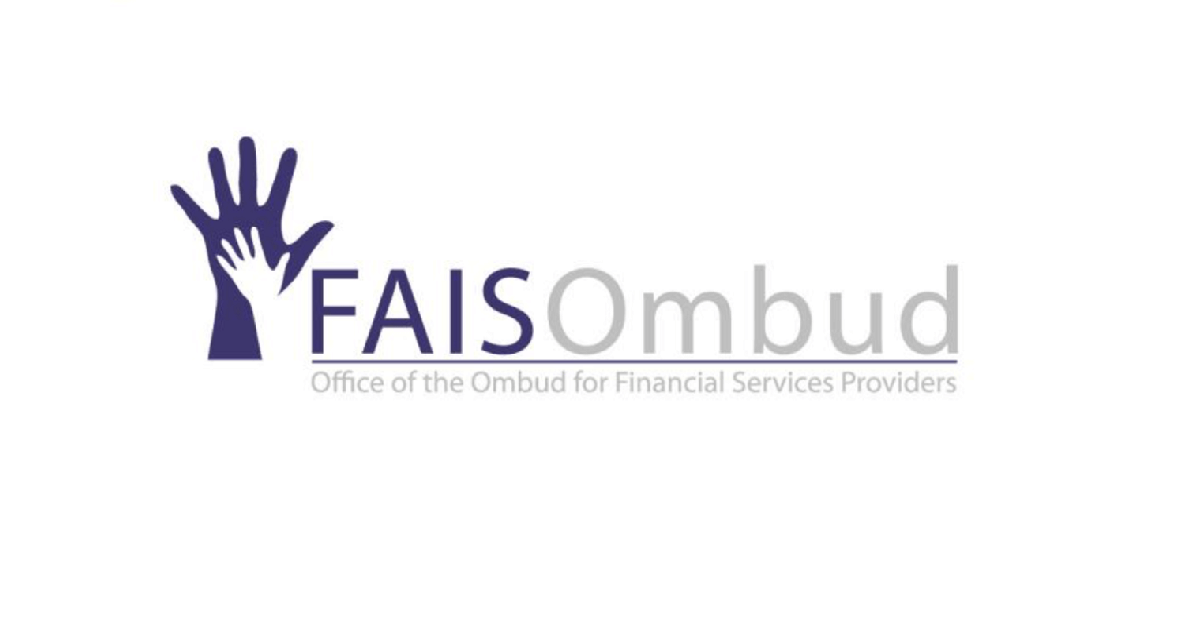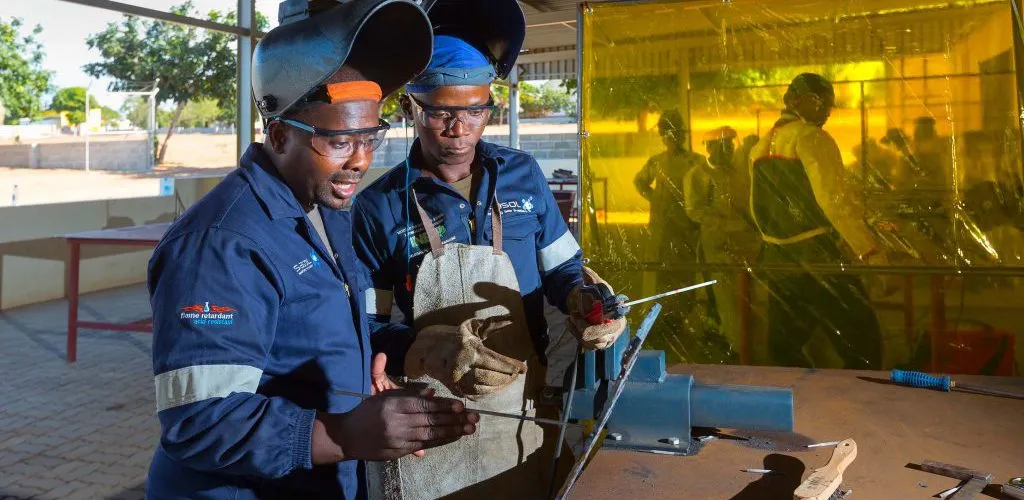Understanding the Difference Between RDP and Government Subsidised Housing 2024/2025
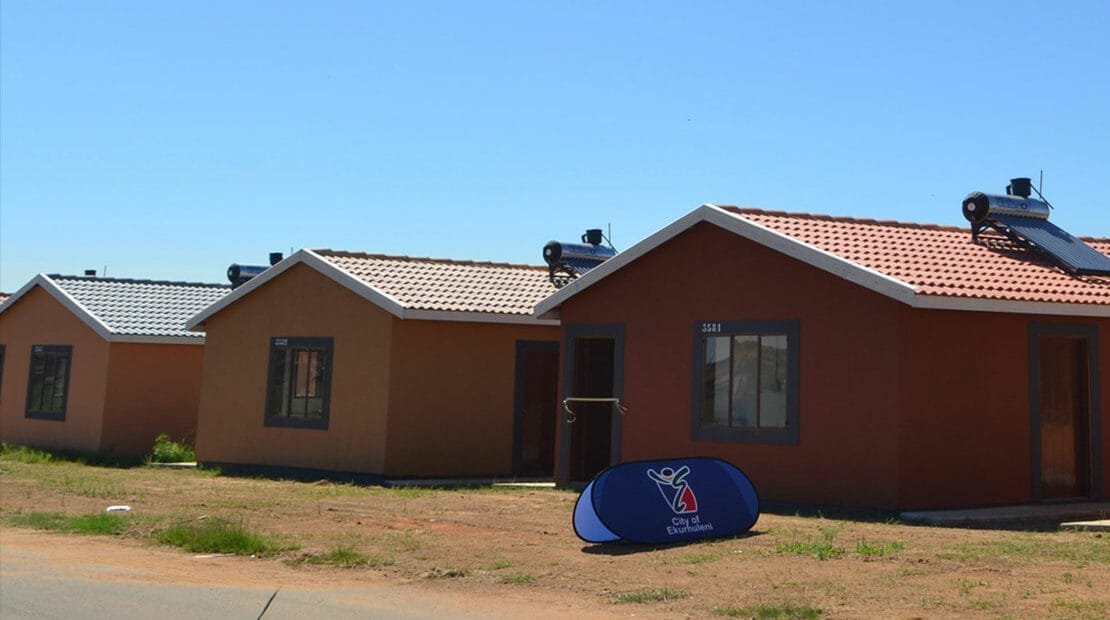
Difference Between RDP and Government Subsidised Housing
The housing landscape in South Africa has been shaped by several government initiatives aimed at addressing the housing needs of its citizens. Among these, the Reconstruction and Development Programme (RDP) and Government Subsidised Housing stand out as significant efforts. However, while these terms are often used interchangeably, they have distinct differences that are important to understand.
ALSO APPLY FOR Comprehensive Guide to Registering on the City’s Housing Needs Register
Contents
- 0.0.1 What is the Reconstruction and Development Programme (RDP)?
- 0.0.2 What is Government Subsidised Housing?
- 0.0.3 Who Qualifies for a Government Subsidised House?
- 0.0.4 Essential Documents Required for Application
- 0.0.5 Where to Apply for a Government Housing Subsidy?
- 0.0.6 Understanding the Waiting Period
- 0.0.7 Fees Associated with Government Subsidised Housing
- 0.0.8 Relocating and Reapplying for a Housing Subsidy
- 0.0.9 Housing Subsidy After Divorce
- 0.0.10 Can Married Individuals Apply for a Subsidy Separately?
- 0.0.11 Single Parent Applications
- 0.0.12 Selling a Government Subsidy House
- 0.0.13 Follow-Up on Housing Applications
- 0.0.14 Ownership Papers and Government Database Registration
- 0.0.15 What is First Home Finance?
- 0.0.16 Who Can Apply for First Home Finance?
- 0.0.17 Important Documents for First Home Finance Application
- 0.0.18 Conclusion
- 1 CLICK HERE TO LEARN MORE
What is the Reconstruction and Development Programme (RDP)?
The Reconstruction and Development Programme (RDP) is a socio-economic policy framework implemented by the South African government under the leadership of President Nelson Mandela in 1994. The RDP was designed to address the immense socio-economic challenges faced by the country post-apartheid. It aimed to redress the inequalities and ensure a better quality of life for all South Africans. The programme targeted various critical areas, including housing, clean water, sanitation, and electricity, with housing being a significant component of the initiative.
RDP houses, which have become a common term, refer to the homes built under this programme. These houses are small, basic structures, typically with two bedrooms, a kitchen, and a living area, intended to provide adequate shelter for low-income families. The RDP houses laid the foundation for what would later evolve into broader government-subsidized housing initiatives.
ALSO APPLY FOR Absa Junior Learnership 2024
What is Government Subsidised Housing?
Government subsidised housing, on the other hand, is a broader concept that encompasses various housing initiatives provided by the South African government. These houses, often referred to as “BNG” (Breaking New Ground) houses, are built using government subsidies and are aimed at providing affordable housing to citizens who cannot afford to buy homes in the conventional property market. The subsidy is a financial contribution by the government towards the cost of a house, making it possible for lower-income families to become homeowners.
The Government Subsidised Housing Programme offers several types of subsidies, catering to different segments of the population. These subsidies include the once-off subsidy for first-time homebuyers, subsidies for rural housing, and the First Home Finance (previously known as FLISP) for individuals earning between R3,501 and R22,000 per month. Unlike RDP houses, which were a specific product of the RDP, government-subsidized housing has evolved to include a wider range of housing solutions to accommodate various income groups and housing needs.
Who Qualifies for a Government Subsidised House?
To qualify for a government-subsidised house, applicants must meet specific criteria. These include:
- South African Citizenship: The applicant must be a South African citizen.
- Contractual Capacity: The applicant must be legally capable of entering into a contract.
- Marital Status: Applicants can be married, habitually cohabiting with a partner, or single with financial dependants.
- Income Threshold: The household income must be less than R3,500.01 per month.
- First-Time Government Subsidy Recipient: The applicant must not have received a government subsidy before.
- First-Time Homeowner: The applicant must not have owned a home previously.
- Military Veterans: Single military veterans without financial dependants also qualify.
Essential Documents Required for Application
When applying for a government housing subsidy, applicants need to provide the following documents:
- Identity documents for both the applicant and spouse.
- Birth certificates of children.
- Proof of income, such as a salary slip.
These documents help verify the applicant’s eligibility and expedite the application process.
Where to Apply for a Government Housing Subsidy?
Applications for government housing subsidies can be made at the following locations:
- Provincial Department of Human Settlements: Each province has its department responsible for housing matters.
- Local Municipality: Applicants can also apply at their local municipality offices.
Understanding the Waiting Period
The waiting period for a housing subsidy varies depending on the municipality. The waiting lists are locally driven initiatives, and housing developments are prioritized based on local conditions. Generally, housing developments can take at least two years before they are ready for occupation. While the government strives to speed up delivery, various factors can influence the timeline.
Fees Associated with Government Subsidised Housing
There is no application fee for a government subsidised house. However, in the past, beneficiaries were required to contribute towards the housing subsidy under the People’s Housing Process model, which no longer exists. Today, there are no fees required when applying for a government-subsidised house.
Relocating and Reapplying for a Housing Subsidy
If an applicant is on a waiting list in one province, such as Limpopo, they can apply for a housing subsidy in another province, such as Gauteng. However, they must wait their turn in the new area, as each municipality has its waiting list. It’s important to note that the subsidy can only be granted once.
Housing Subsidy After Divorce
If a couple that received a housing subsidy gets divorced, the assets, including the house, are divided according to the divorce settlement. In cases where one party loses everything, the MEC may investigate the circumstances and decide to grant a new subsidy if the applicant qualifies.
Can Married Individuals Apply for a Subsidy Separately?
If a couple is still legally married but living apart, the spouse cannot apply for a subsidy independently. Legal separation, such as divorce, is required to reapply for a subsidy.
Single Parent Applications
Single parents with children can apply for a housing subsidy if they meet the other qualifying criteria, such as being over 21 years of age or previously married.
Selling a Government Subsidy House
It is illegal to sell a government-subsidised house before living in it for at least eight years. During this period, beneficiaries may only sell the house back to the relevant Provincial Department of Human Settlements. This rule is in place to prevent the exploitation of the housing system and ensure that houses serve their intended purpose.
Follow-Up on Housing Applications
Applicants are encouraged to follow up on their housing applications at the office where they applied. This allows them to get updates on the progress of their application and ensure that all necessary documents are in order.
Ownership Papers and Government Database Registration
When a beneficiary becomes the owner of a subsidised house, their ownership is registered on the government housing database. After occupying the house for eight years, beneficiaries receive their title deeds, confirming their ownership.
What is First Home Finance?
First Home Finance, formerly known as the Finance Linked Individual Subsidy Programme (FLISP), is a government initiative aimed at assisting first-time homebuyers who fall into the “gap” market. These are individuals who earn too much to qualify for a free government house but too little to secure a traditional mortgage.
The subsidy amount under First Home Finance ranges from R10,000 to R87,000, depending on the applicant’s monthly income, and can be used to:
- Buy an existing residential property.
- Purchase a vacant serviced residential stand linked to a registered home builder.
- Build a residential property on a self-owned serviced residential stand.
The maximum price of a property that can be financed through First Home Finance is R300,000.
Who Can Apply for First Home Finance?
To qualify for First Home Finance, applicants must meet the following criteria:
- Be a South African citizen with a valid ID or a permanent resident with a valid permit.
- Be over 18 years of age and legally competent to enter into a contract.
- Have never benefited from a government housing scheme before.
- Have an approval in principle of a home loan from an accredited South African bank.
- Be a first-time homebuyer earning between R3,501 and R22,000 per month.
- The property must be in a formal town where ownership transfer and mortgage bond registration can be recorded in the Deeds Office.
Important Documents for First Home Finance Application
Applicants for First Home Finance must provide the following documents:
- RSA bar-coded ID or bar-coded permanent residence permit.
- Birth certificates or RSA IDs of all financial dependents.
- Proof of guardianship for foster children (if applicable).
- Marriage certificates, civil union certificate, or cohabiting affidavit (if applicable).
- Divorce settlement (if applicable).
- Proof of monthly income.
- Home loan approval in principle from an accredited lender.
- Agreement of sale for the residential property.
- Building contract and approved building plan (if applicable).
Conclusion
The difference between RDP houses and Government Subsidised Housing is rooted in the evolution of housing policy in South Africa. While RDP houses were a direct product of the Reconstruction and Development Programme, government-subsidised housing has grown to include a variety of initiatives aimed at providing affordable housing to a broader segment of the population. Understanding these differences, as well as the qualifying criteria, application processes, and legal stipulations, is crucial for anyone seeking to benefit from South Africa’s housing programmes.
CLICK HERE TO LEARN MORE
ALSO APPLY FOR Absa Junior Learnership 2024
